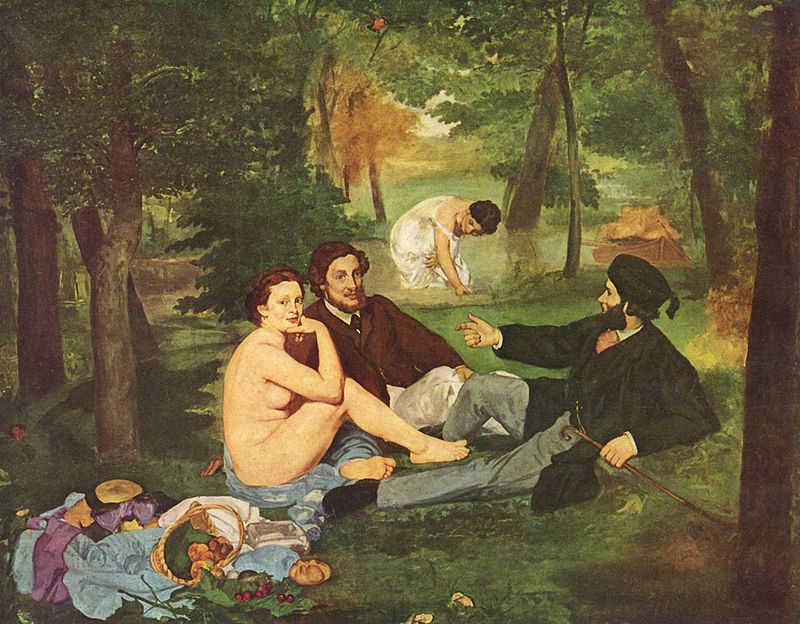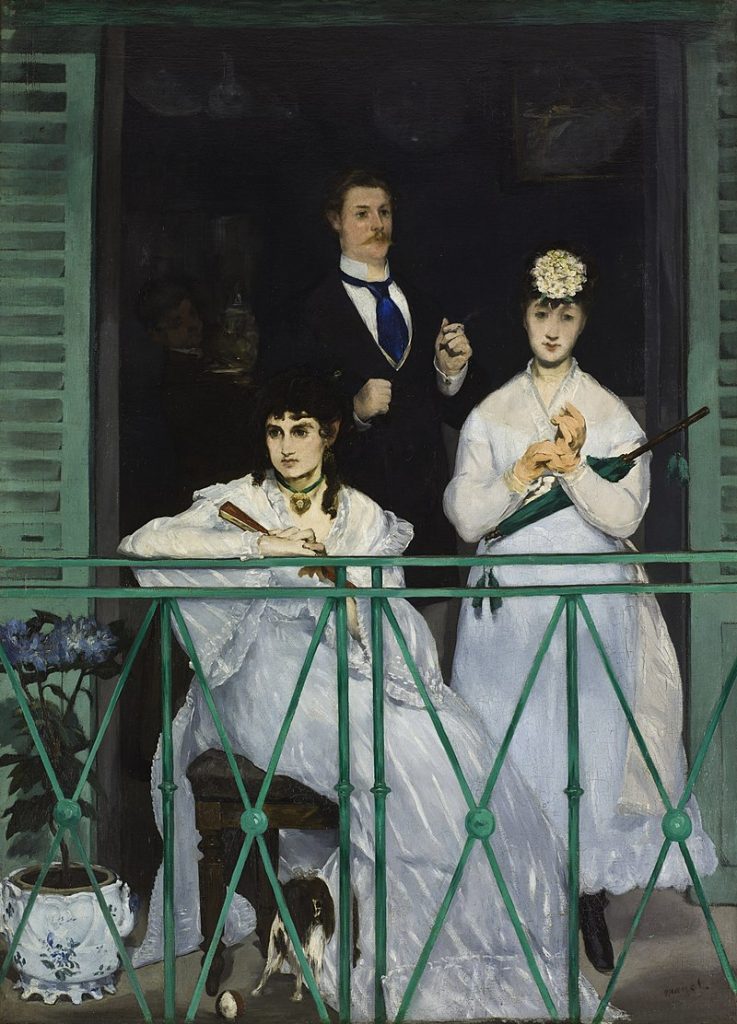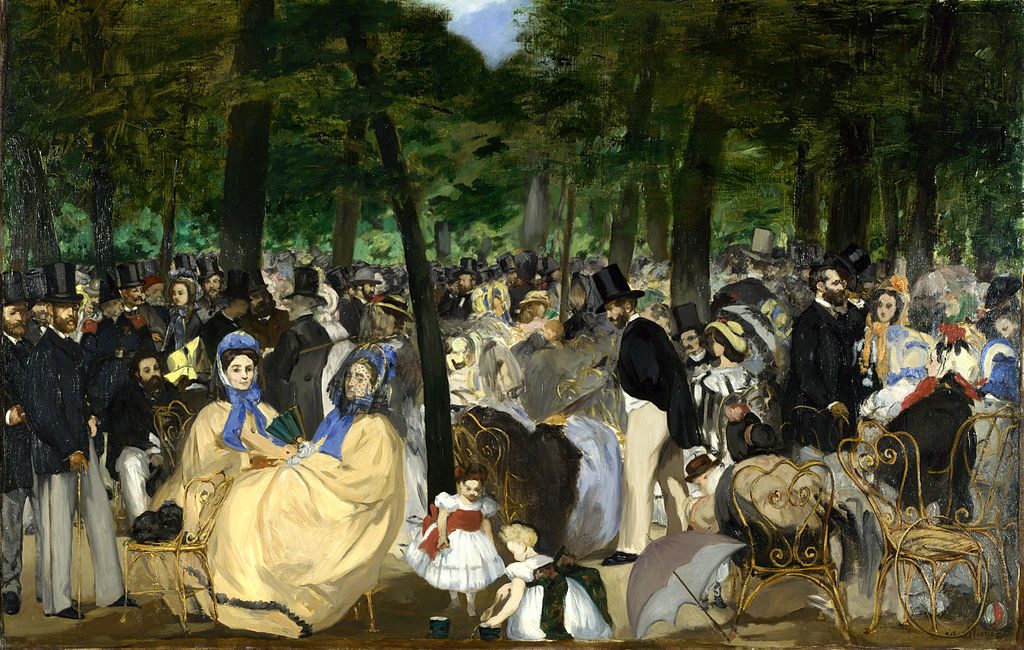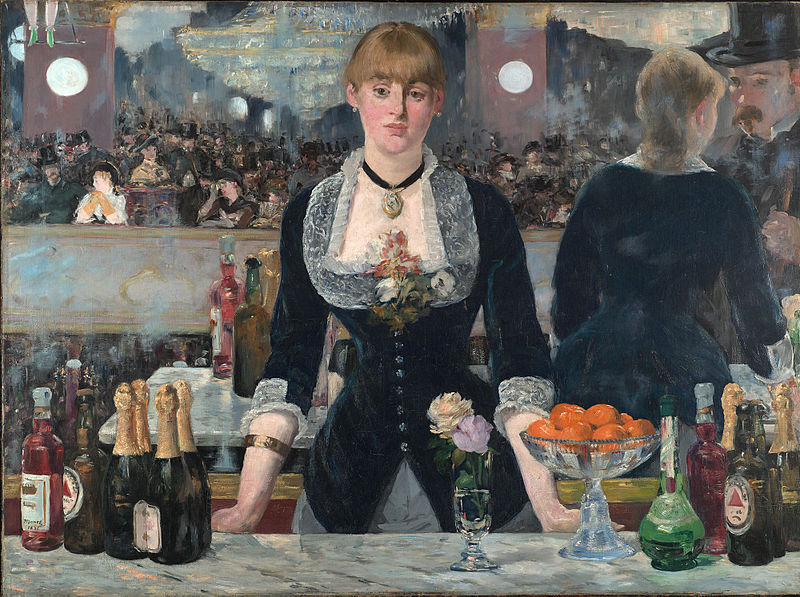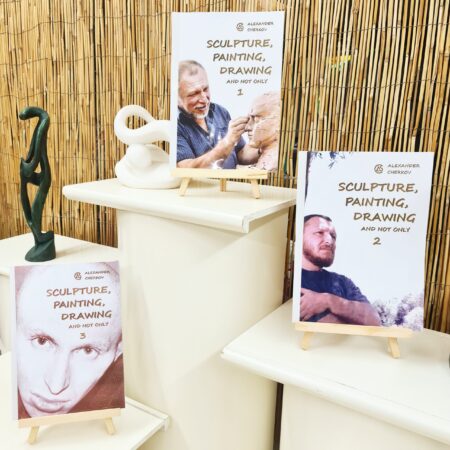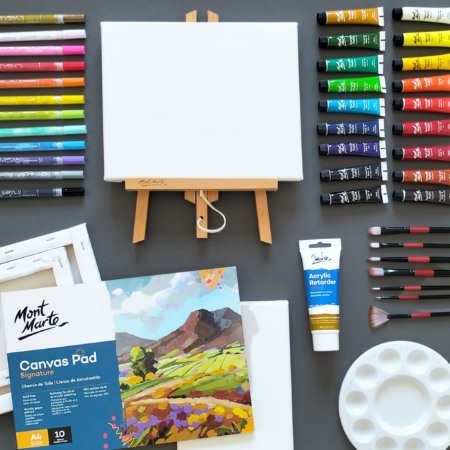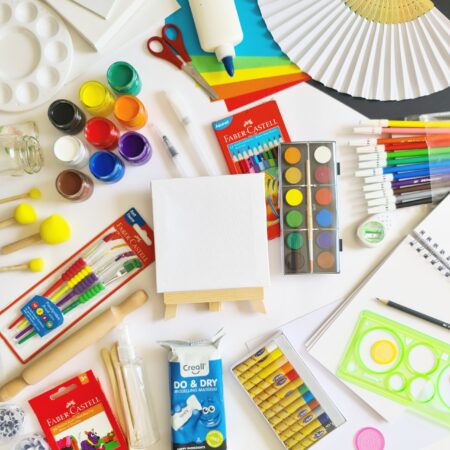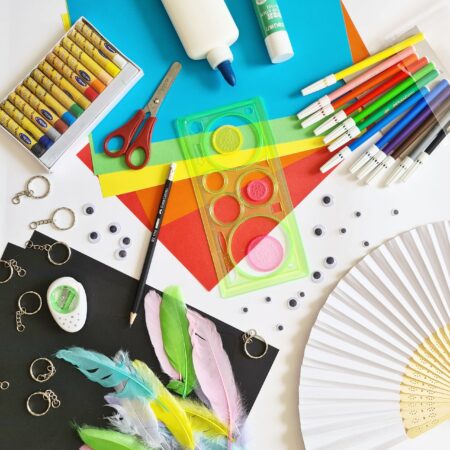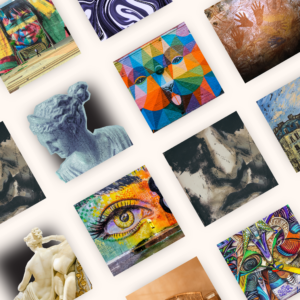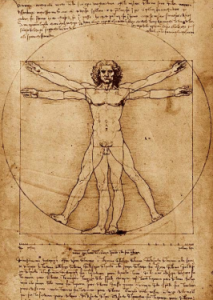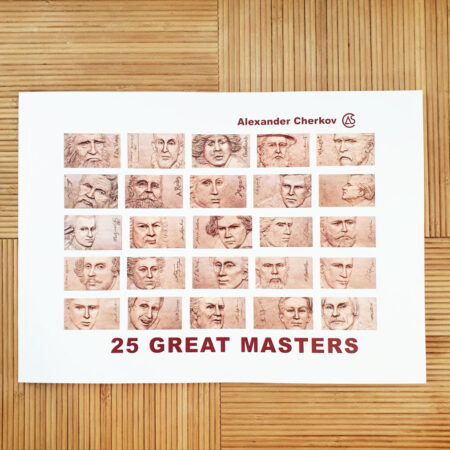The artist Edouard Manet (1832-1883) a French painter, known as one of the most controversial artists of his time, went through many criticisms on the way to bringing himself to the peak of success and becoming the father of Impressionism. With several paintings that inspired young artists at the time, he revealed how innovation is not always welcomed by society, but opens a gateway to the future.
In this period of the middle of the 19th century there were no galleries, museums, etc., the main event of art was the exhibition in the 'Salon'. The Salon was (and still is) the large central room in the Louvre Palace, where exhibitions were held every one or two years with a jury of artists who received the works that others wanted to exhibit and decided who would or would not exhibit. This was almost the only way for the artist to present and sell his works, so the acceptance or refusal to be accepted into the salon was critical for the artist.
"Olympia" is the name of the woman. A name that was very common in France in the 19th century. When this painting was first shown in the living room there was a commotion, a very negative review. The work had to be kept from being torn apart. Critics said the woman's expression was premature aging, that her body rot was reminiscent of a morgue, that she was a Hottentotian Venus (African tribe), another said she was a prostitute who died of jaundice and her body was in a state of advanced decay, another face stupid and not human. The recurring title is that of a rotten and dirty body and that she is a prostitute and ugly.
What is the rage about? What is the fuss about? Why did she arouse so much opposition? The main reason is that they were not one hundred percent aware, the brawl did not come from rational considerations, the resistance was because it was very different from what the critics knew. This painting deviated from tradition.
The description of female nudity by the artist Edouard Manet does not match the expectations of the period compared to the description of the woman in the Venus model, both in terms of the name of the work and in terms of body structure. For example, in the same year a painting by Alexandra Cabanel is displayed. Venus is a mythological figure. Drawings of naked women are called Venus because it is a fantasy of a woman. Mana called his painting "Olympia", a common name for women in the 19th century, to some extent a common name for prostitutes. The model according to which Mana painted was a well-known woman, who served as a model for him in some paintings and also for other artists. Olympia's body structure was also different because it was thinner compared to the full body in the figure of Venus.
Another example of the creation of a naked woman lying down since she was accepted as a masterpiece is that of Venus. Here, too, the woman is fuller. She exposes her armpit, and she educates her legs.
In Angers' painting, the Odelisk, the wife of the harem, is a woman who is not flesh and blood but a fantasy. The fantasy of the harem (the harem is a wing in the palace used to house the king's wives and concubines). Also in this painting the skin is soft and the maximum attention is paid to all the textures of Angers. Angers maintained an ideal beauty. The beauty of a woman is according to the canon of what a beautiful woman is. A beautiful woman in the 19th century is a woman with a straight nose bridge (in a straight line with the forehead), and an oval face. In contrast, "Olympia" does not meet these beauty requirements.
In terms of the relationship between the background (substrate) and the figure, in Angers the Odelisk touches the edges of the fabric, it fills the entire fabric, while in Mana, Olympia is small in relation to the size of the substrate.
The figure of Venus in Titian, the body position is closest to that of Olympia. She rests on her arm with crossed legs. We see in Titian again the custom that the woman fills the whole cloth. The light is soft, pleasant yellowish, the transitions between darkness and light, the transition is soft and gradual. There are several planes for painting. The first where she lies the second room that opens backwards and the third, beyond the window. In Mana, on the other hand, the transition between dark and light is not gradual. She really looks stuck, and looks like a still, hard body (not just saying her body). Mana has no plains, there is a wall behind it. On the one hand Olympia is in the usual position and indeed Mana consciously referred to Titian's painting. This painting was before his eyes, but Olympia is smaller and getting lost in the canvas, compared to the paintings to which they were accustomed. Olympin's head position is upright compared to the sideways tilt that was familiar. The hand of Venus she invites implies that she enjoys and wants you to come. Olympia's hand signifies that she is only ready if she is paid.
Changes from the usual in the period:
♦ Figure size
♦ Sharp transitions
♦ Strong light that also comes from the front (in Western painting for 500 years it was customary for the light to come from the top left).
♦ Very amputated, it has a drawstring around the neck that interrupts the neck. The body is incomplete.
♦ There is a dark contour.
♦ Lying on a bed much higher than usual.
The people who visited the living room were people who knew art, it bothered them that the woman was not a fantasy woman but a prostitute. A well-known woman who was known in the art world of the late 19th century. In addition, the matter of class - to which class does it belong? On the one hand she is a prostitute, on the other hand she has a maid. So where does she stand on the social scale? Where she stands even on the ladder of prostitutes. If the soles of her shoes are dirty she probably walks down the street and sells her body on the street, such a prostitute has no maid. The ambiguity of the class, the possibility that this woman is not a kind-hearted person who sells her body because she was forced to for social reasons.
The rise of commerce, of urban society, of the market economy. If the visitors were only bothered by the shape changes then they would say that the painting is just not good. But they were in the market, the rage was caused by the social things: the class, the prostitute, the market economy, prostitution was a serious problem in Paris in the late 19th century. Men had all kinds of ideas. Wanted to find ways how to know if a woman had a relationship with one or ten men (thinkers of this idea were men).
The social interest was so disturbing that the writer Emil Zola, a friend of Mana who wrote and published in 1867 a book called the work and Zola writes about Mana as the important artist of the late 19th century and writes that for Mana the subject is not important. He ignores the fact that this is Olympia and not Venus. He said that painters and especially Mana do not share the masses' obsession with the subject. For the artist the subject is not important. What is important to the artist is the painting itself.
"Painters, and especially Édouard Manet… do not share the masses' obsession with the subject: to them, the subject is only a pretext to paint, whereas for the masses only the subject exists."
- Émile Zola, 1867
Two basic things:
1 . Indeed the form of the painting is so conspicuous, the novelty of the manner of painting is so important and principled that it does divert attention from the subject.
2. The perception, the idea that modern art from Mana deals with itself (as Zola said about Mana's painting) is not about a social issue, Modern art is autonomous art.
In art there is always a theme. The artist says something. In this case for Mana the very significant change is a change of form that has diverted attention from the subject. There is no art that has no meaning.
Another well-known work by the artist Edouard Mane is "A Meal on the Grass":
This painting also caused a stir. The woman in the painting looks directly at us. Also in this case as in Olympia Mana refers to the art before him. Mana refers to the art that preceded it in terms of composition and poses.
It was immediately clear that the organization of the characters was taken from this passage by an artist from the Renaissance who made a print based on Raphael's painting (bottom right).
Here too there are naked women but they do not look directly at us. In addition the light is different, the soft light of Titian versus the glare of Mana. In Titian the light source is on the top left. And in Mana's painting the light comes from the top left but also from the front. The figure at the back is oversized and the light is directed at it.
What does the front light mean? Our view of Olympia is directed at us, it is we who appear to it without being invited. This also happens with a meal on the grass. Mana deviates and changes the relationship between the viewer and the image. When Mana presents the meal on the grass, another argument against him is that he has no imagination and that he takes works from the museum and copies their composition.
What infuriated the critics was Mana's departure from the painting tradition. The fact that Mana's model (the same model who used him at Olympia) looks at the viewer. The values of painting as a painting - it is not a delicate and soft skin but a hard light that does not come from a single source, but both on the left and front. In addition, the relationship between the characters is incorrect in terms of conventional painting. The drawing should be two and a half on the X and Y axes so that the painter can find the position of each figure in relation to the other. In this painting, they used a tool - painting tiles on the floor. The tiles that are two and a half helped to place the figures one relative to the other. The figure on the right in the orange robe is the largest - because it is the closest to us. The viewer is the scale.
In this painting the substrate is gone. The painter gives us the illusion of a deep space of a cathedral. You can see the sizes of the pages - how they get smaller as they move away. This was the convention of painting from the 15th century. A painting in which the substrate supposedly no longer exists and the aspect ratio, and the matter of color - the color also becomes strong and the intensity decreases (in the first plane) as the scene moves away the color becomes less strong.
In Jacques Louis David the figures are small as they move away, and there is both a drink and an evening on the floor. The fireplace in the first plane is larger than the fireplace in the back plane. And the group of women on the right - the front women are bigger than the back ones. For Mana the back figure should have been bigger, she is not that far from them. In David's the light comes from one point at the top left. And he comes only slightly to the other woman, with the dark cloak. The light comes from one source compared to Mana's painting.
David's painting is based on text. Every painting except a landscape or still life painting was text based i.e. a story that existed in advance and was known to the general public. There was a hierarchy of texts of what was more important and what was less important.
1 . Holy writings
2. Mythology
3. History
4. The literature
5. Portraits
6. Nature, landscape
7. inanimate
8. Animals (do not draw animals)
If so a constant hierarchy of subjects. All paintings and even when painting is still, the painting becomes some kind of meaning. The objects they drew came to teach something. In this case David paints a historical story from the history of ancient Rome. Has an educational didactic message. Ancient Rome was at war with Alba. The dispute was over territory and the people of Rome and Alba decided that instead of everyone fighting, three brothers from Rome - the sons of Horace - would go. And Malba - the three sons of the readers. And the three will fight and the three will approach, instead of much blood being shed. David depicts the moment that the sons of Horace swear allegiance to their father and so to Rome. They are loyal to their father, to their homeland, they obey their father and protect the homeland. David educates obedience, devotion, self-sacrifice. A didactic subject, certainly for David at the time - the women, crying.
Mana's painting is based to some extent on the painting of Francisco Goya. The porch and the women on the porch have the same theme.
Mana has very sharp transitions between light and dark. In Goya, the transitions are very gradual. In both paintings the figures stand across the railing. In Goya the railing is the color of the whole painting and is not conspicuous. For Mana it is green that divides the image almost in half. The green open shutters that frame the picture. Mana emphasizes the inner frames he emphasizes the canvas of the painting, the substrate. The horizontal lines of the balcony repeat the edges up and down while the vertical rods like the shutters repeat the vertical edges of the fabric.
Olympia - there is no deep space, behind it is the wall. Not only that, in the center passes a lighter colored stripe that emphasizes the being of the substrate. Mana's painting refers to the museum in two meanings of the museum:
1 . Draws according to paintings in the museum. Refers to the tradition of painting in composition.
2. Refers to the museum on another level that is essential - studying the paintings in the museum in order to go against the conventions of painting.
The tradition of painting is to tell a story, a text. Mana has no text. The tradition of painting is the fact that the canvas does not seem to exist. In the painting of the balcony and in the painting of Olympia he emphasizes the substrate. He emphasizes that it is a painting
For Mana it is a wall at the back of the painting which is the substrate of the painting. Compared to a painting by a non-Jew who has the same subject - execution. Goya draws from the history of Spain - the conquest of Napoleon. In 1808, opponents of the occupation were executed. Goya paints this in the morning between darkness and light in dramatic lighting. All the weapons are pointed at him and next to him there are already bodies and on the horizon after the mountain there are buildings. Mana has a group of soldier soldiers whose rifles actually mourn the executioner, it is in a sharp light and behind the brown figures, above which people peek. He tells a true story. By 1968 there was already photography. Mana draws according to the photographs in the press. Modernism begins with the reference to the museum - the violation of the rules that were customary in the painting displayed in the museum. We see that in the second half of the 20th century. Once again there is a principled and important turning point in Western art, there will again be an important reference to the museum. The museum where the values of cultures, the art of the Western world are preserved. There is no museum before the modern era. Museums begin in the early 19th century slightly during the 18th century. Catalog works and publish exhibitions. And open to the general public. The museum is an important institution and occupies a central place in the history of modern art.
Although Mana does not draw texts but this is not one hundred percent true. He paints a religious painting when he paints the dead Jesus. But women notice a drastic difference between Mana's painting and El Greco. El Greco paints as usual in burial paintings. The Count takes the body of Christ. From above Maria - wearing a red dress and a blue robe. On the right it is John the Baptist who recognizes him as a neglected plywood. See the bishop holding the keys.
Smoke is the soul of the Count that Jesus receives. For Mana it is a body, Jesus is a rotting body. Beside him are angels who look like flesh and blood. And not only that but Mana went astray and the stigmata he drew it on the left instead of the right. He was reprimanded but he did not correct. That is, even in Mana's time death is presented as a fact. Hence the nickname of realism. The reference to death and the angels flesh and blood.
The Impressionist artists were interested in painting the leisure time. Mana also has music in Tulare, a garden near the Louvre.
There were music performances there. Mana draws all his friends walking in the garden, wandering. All men are dressed the same. In the morning they wear light trousers and a coat with tails and a top hat. This painting is before Olympia. There's a wall of people here filling the whole canvas. The trunks of the wood rhythmize the painting so clearly and repeat on the edges of the canvas. The heads of the people return to the horizontal of the cloth. Mana refers to the very being of the canvas, to the very fact that this work is a painting on canvas. The figures are cut here too (as in Degas) also the edge of the parasol, the back… a kind of snapshot. Do not set the characters to draw but draw the moment. You can clearly see the brush strokes. In the front of the painting on the first level you can see the rough brush strokes. Painted by the poet Charles Baudelaire. He talks about the wanderer (one of the important things in the 19th century).
Another work by the artist Edouard Mane - "The Prom at the Opera". Later work. There are people here who fill the entire right side of the canvas. They parallel alone, a kind of wall of people. Again you see vertical columns repeating the edge. And the edge of the porch that repeats the horizontal line. If it was once it was not possible to draw a conclusion but this way is repeated over and over again. We saw it in executions, in Olympia, in Tulari, on the porch, and so on. It is intentional, even if unconscious. Mana looks at his work in the museum, refers to past works and wants to emphasize the painting itself. Other than that, again it's a prom at the opera. Again Mana's friends and because it's at the opera the pants are black but with the same coat and top hat. There are more men and they are all dressed the same (19th century uniform). Women have masks. They are also mostly dressed in black, and the women flirt with the men. The women of the time called it the meat market. When Mana paints the women who can be bought he again refers as in Olympia to the classes, to the exchange, to the rising bourgeois society where everything is equal to money, even the woman. But on the other hand Mana is part of the same public. He paints reality as he sees it among his friends. He repeats it.
Polly Berger is a concert café that has shows. Was very popular in the 19th century and exists to this day. One of the attractions was of course the women in the show who were very little dressed. Artist Edouard Mane paints the bar. The women who sold at the bar were also caught as part of the merchandise. They not only sold drinks, it was understood to some extent as in many bars to this day, that the hosts not only sell drinks. So also in this case. Multiplicity of horizontal lines and vertical lines. These white circles are lamps, and electric lamps already. Lamps that were on the pillars. There is a large chandelier that can be assumed to still be running on gas. We see the saleswoman standing in front of the counter that has bottles, a glass with flowers, oranges or tangerines and more bottles. Immediately behind the woman looks very close to her, there is a mirror. We see the gold frame of the mirror and the counter is reflected in the mirror. The reflection does not make sense since the red bottle on it has the mana signature, it is written on the bottle "Mana 1882" The beer bottle is in a straight line with the wine bottle and in the reflection it is in front of the wine bottle. And the mirror reflects the hall in front of which the saleswoman is standing. All this is a reflection of all people. The seller stands visually and her reflection is strange. On the one hand she stands close to the mirror and therefore we would not see much of her reflection, visually she stands upright and in reflection she is hunched over, the man was supposed to hide from us. Mana insists that it is a painting and does not necessarily reflect reality. Painting is no longer a faithful reflection of reality, painting is a structure in itself. True, the reflection does not make sense but it does not matter because Mana does not want to draw exactly. It is a painting and in the painting there is a canvas, horizontal lines that repeat the edges of the canvas, vertical lines. This is a construction-construction of a painting.


